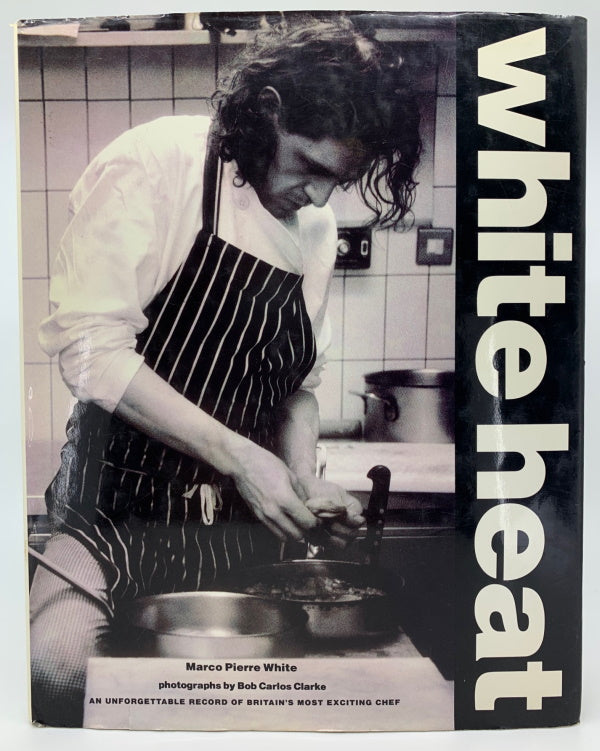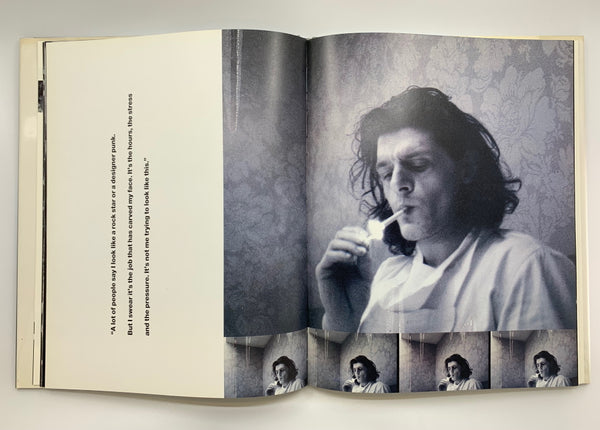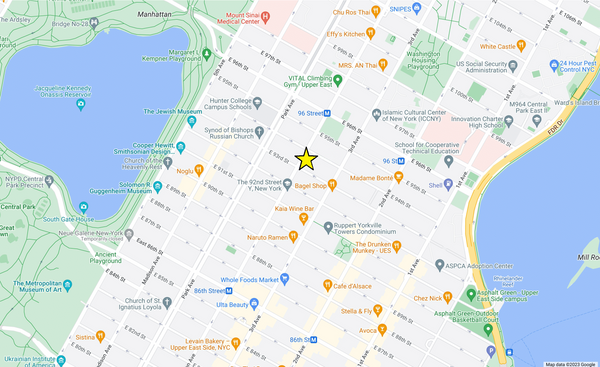OP: White Heat
In the 1990s the popular image of the chef changed from the smiling, rotund Frenchman in crisp whites, to the skinny, snarling, chain-smoking punk rocker giving the middle finger to the very high-end establishment he served. British chef and restaurateur Marco Pierre White and his first book, White Heat (1990), ushered in that era.
We cannot talk about chef culture today without acknowledging White’s influence. Consider that Mario Batali and Gordon Ramsey both worked under him, and each quit in a fit of rage when White’s fervor became unbearable. David Chang and Anthony Bourdain cite White Heat as an influence on their enamoration with the craft and lifestyle.
White’s reputation encompassed stories of removing food, beverage, flatware, and tablecloth mid-meal when he no longer desired the presence of a particular guest; of slashing a cook’s uniform while he was still wearing it for complaining about being hot; and of very public feuds with colleagues and critics.
The food, however, tells a different—perhaps a more elegant—story.
White trained under the Roux brothers at La Gavroche and under Raymond Blanc at Le Manoir. He was the youngest and the first British chef to receive three Michelin stars—he was also the first to “give back” his stars before retiring from cooking and focusing on restaurant ownership in 1999.
Of course you will find recipes here—feuillete of roast rabbit served with spring vegetables and jus of coriander; turbot with baby leeks; scallop ravioli served with choucroute of celery and grain mustard sauce; passionfruit soufflé—all photographed in color and in the style consistent with other fine dining chefs in Europe at the time. But it is Bob Carlos Clarke’s black and white photography of the chef and his crew, gritty and energetic, that gives the book its edge and generation-defining aesthetic.
White Heat was published first in the UK by Pyramid and later issued in the US by Van Nostrand Reinhold. We offer here the true UK first printing. The book is in Very Good condition with shelfwear to the case and more significantly to the jacket, which is lightly rippled, frayed, and discoloring around the edges. There is a one-centimeter closed tear to a rear corner and another on the front, bottom edge. A significant work that has influenced chef culture for the last 30 years.



